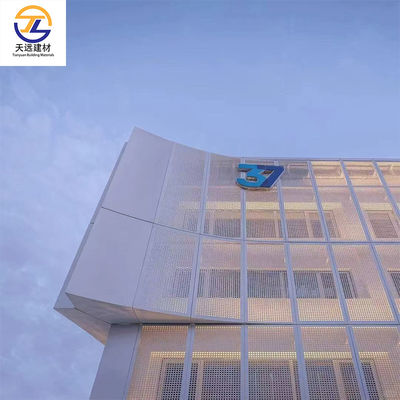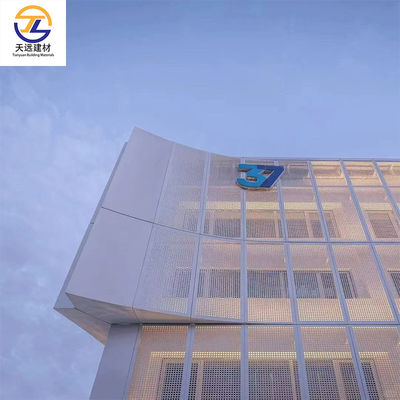Aluminum Beam Metal Linear Ceiling Commercial Wood Grain Acm Panels 150mm

Contact me for free samples and coupons.
whatsapp:0086 18588475571
Wechat: 0086 18588475571
Skype: sales10@aixton.com
If you have any concern, we provide 24-hour online help.
x| Application | Hotel 、Hospital 、 School 、 Interion Decoration | Product Name | Suspended False Ceiling Design |
|---|---|---|---|
| Ceiling Tile Type | Metal Ceilings | Surface Treatment | Powder Coated |
| Feature | Artistic Ceilings | Advantage | Environmental Friendly |
| Function | Fireproof Sound-Absorbing Soundproof Waterproof | Durability | Long-lasting |
| Suspension System | Concealed | ||
| Highlight | Aluminum Metal Ceiling,Beam Aluminium Linear Ceiling,commercial wood grain acm panels 150mm |
||
Decoration Wood Grain Finish Beam Office Aluminum Baffle Ceiling Aluminium Linear Ceiling
Installing Aluminum Square Tube
Tools and Materials Needed:
- Aluminum square tubes
- Drill and drill bits
- Screws or bolts
- Measuring tape
- Level
- Saw (if cutting is necessary)
- Protective gear
Steps:
- Measure and Cut: Measure the length you need and cut the aluminum square tubes to size if necessary.
- Prepare Mounting Surface: Ensure the surface where you'll install the tubes is clean and level.
- Mark Drill Points: Position the tubes and mark where you'll drill holes for mounting.
- Drill Holes: Use a drill to create holes in the marked spots.
- Attach Tubes: Use screws or bolts to attach the tubes to the mounting surface. Ensure they are secure.
- Check Alignment: Use a level to check that everything is straight and adjust as needed.
Installing Aluminum Veneer
Tools and Materials Needed:
- Aluminum veneer panels
- Adhesive (construction adhesive or specific panel adhesives)
- Measuring tape
- Level
- Saw (if trimming is needed)
- Protective gear
Steps:
- Measure and Cut: Measure the area where the veneer will be installed and cut the panels to fit.
- Prepare Surface: Clean the surface where the veneer will be applied. It should be smooth and dry.
- Apply Adhesive: Apply adhesive on the back of the aluminum veneer or directly on the surface.
- Position Panels: Carefully position the aluminum veneer panels onto the surface, pressing firmly to ensure adhesion.
- Check Alignment: Use a level to ensure the panels are straight.
- Allow to Cure: Follow the adhesive manufacturer’s instructions for curing time before applying any pressure.
Types of Aluminium Cladding
1. Aluminum Composite Panels (ACP)
ACPs are made by sandwiching a polyethylene core between two layers of aluminium. These panels are lightweight, flexible, and provide excellent thermal insulation. ACPs are widely used for high-rise buildings and large commercial complexes due to their ability to create uniform and stylish facades.
Ideal Applications:
- High-rise buildings
- Commercial complexes
- Retail storefronts
2. Perforated Aluminum Panels
Perforated panels feature patterns of holes or cutouts, allowing for light and airflow. These panels create unique visual effects, especially when illuminated, and are often used to add an artistic element to building exteriors. They can also reduce energy costs by allowing natural ventilation.
3. Aluminum Solid Panels
Solid aluminium panels are made of a single layer of aluminium, offering robustness and high impact resistance. These panels are more durable than composite panels and are frequently chosen for areas that require greater strength and stability.
Ideal Applications:
- Hospitals
- Schools
- Industrial buildings
Conclusion
Aluminium cladding stands out as a reliable, versatile, and aesthetic choice for modern building exteriors. From residential homes to high-traffic commercial structures, aluminium cladding provides a durable layer of protection with a wide range of customization options.
By understanding the various types and their ideal applications, architects, contractors, and building owners can select the most suitable aluminium cladding solution to enhance their projects’ longevity and visual appea
Product Parameter
![]()
![]()
![]()




